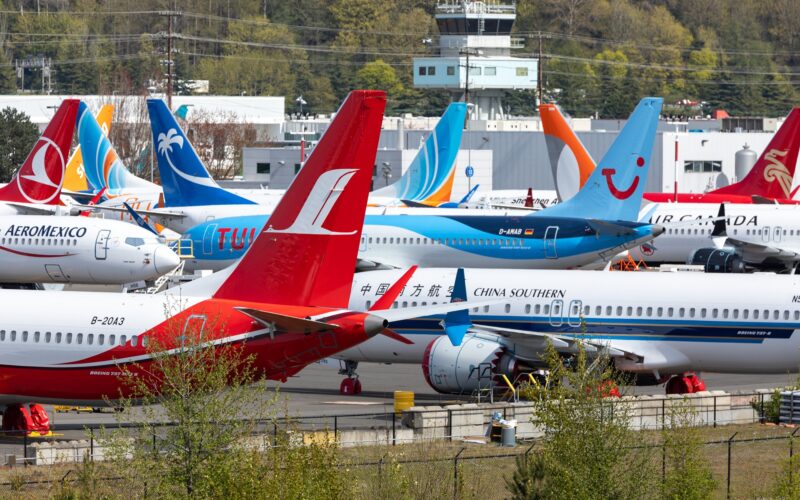With the final delivery of the Boeing 747 looming, the vacant space in Everett, Washington, the United States (US) will be utilized to produce more 737s, including the 737 MAX.
The development was revealed by Stan Deal, the Chief Executive Officer (CEO) and President of Boeing Commercial Airplanes (BCA) in an email to staff on January 30, 2023, as reported by FlightGlobal. Deal noted that Boeing is “not taking the 737 out of Renton,” but rather, the company is “adding capacity to capture customer demand, especially for the newer models like the MAX-8-200 and 737-10”.
The facility, located in Renton, Washington, has housed the production of the 737, as well as other narrowbody jets produced by Boeing, such as the 707, 727, and 757, since it began developing commercial jet aircraft in the 1950s.
“In addition to preparing the facility, we have begun the process of notifying and preparing our suppliers, customers, unions, and employees as we take the necessary steps to create a new line,” Deal continued.
Currently, the manufacturer has three assembly lines in Renton. However, one is not producing any aircraft at the moment due to supply chain constraints and labor shortages. Adding a fourth line in Everett, called the North Line, will be helped by “a small group, along with some Everett teammates and some new hires,” the BCA executive said.
The North Line would replace the current 747 production facility as well as the join verification of the 787, which is checking the gaps between fuselage sections. Previously, Boeing suffered from manufacturing quality issues with the 787, which resulted in deliveries being paused between May 2021 and August 2022.
In October 2020, the planemaker announced that it would consolidate the production of the Boeing 787 in North Charleston, South Carolina, US.
“As our customers manage through the unprecedented global pandemic, to ensure the long-term success of the 787 program, we are consolidating 787 production in South Carolina,” Deal said at the time.
Following the Airbus A380 playbook
The Airbus A380 and the Boeing 747-8 share a similar story. Both Original Equipment Manufacturers (OEM) announced the two aircraft at a similar time, but with the Global Financial Crisis (GFC) having a huge impact on the economy, they never really achieved the commercial success that both OEMs had hoped for.
Airbus finally announced that production of the A380 would end sooner than planned due to a lack of orders. Several months later, the European company indicated that it would introduce an A321 Final Assembly Line (FAL) in place of the A380’s FAL.
“In order to optimize the industrial flow, we have decided to increase our global A321 production capacity and flexibility as well as to establish a next-generation Final Assembly Line in Toulouse,” said Michael Schoellhorn, the then-Chief Operating Officer (COO) of Airbus at the time. Schoellhorn has been the CEO of Airbus Defence and Space since July 1, 2021.
Prior to the 737 MAX groundings and the COVID-19 pandemic, Boeing was producing 52 aircraft of the type per month, according to comments made by then-Chairman, President, and CEO of Boeing, Dennis Muilenburg during the company’s Q1 2019 earnings call. Now, the “737 program is stabilizing production rate at 31 per month with plans to ramp production to approximately 50 per month in the 2025/2026 timeframe,” according to the Q4 2022 earnings release published by Boeing.

